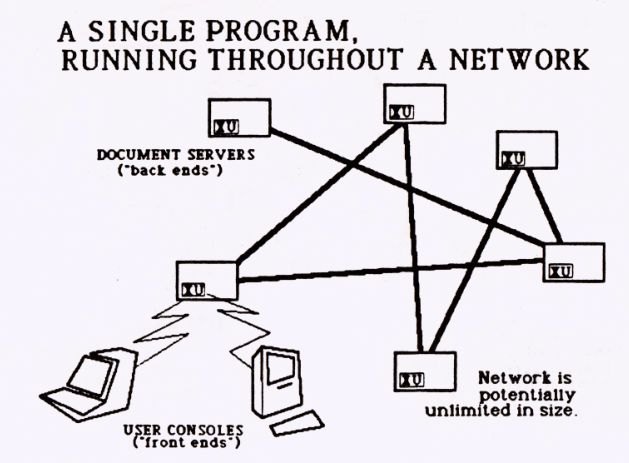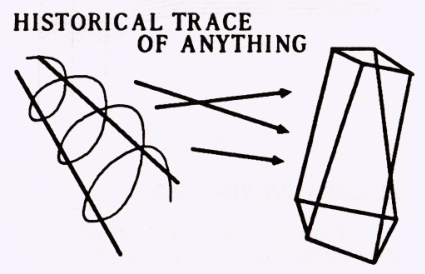What Hypertext Could Be
Friday October 30, 2020 — San Francisco, California


Images from Literary Machines by Ted Nelson
There’s a certain naïve optimism that one sees looking at the early hypertext movement. If we simply let everyone communicate, connect the world, give people tools, surely all the world’s problems will be solved — the arc of progress inevitable, steadily marching forwards.
One can plainly see that this account of the world fails on two fronts: creating connections between people is not fundamentally progressive, and tools to do so exist primarily at the whim of capital, rather than that of utility. The 80s dreams of hypertext have dried up — the Web, extant and profitable, was enough to dampen any momentum towards loftier goals.
A common reaction to this realization is a return to tradition, whether it’s Gopher, XMPP, IRC, or something else. But a return to tradition is just a more conservative way of abandoning dreams of something better — many of the early dreams of hypertext remain unrealized today.
Bidirectional links. Deep links to any section of any document. Links that never die. Collaborative annotation. Personal knowledge bases. Explorable explanations.
All these, and more, can be yours. All you have to do is want it.